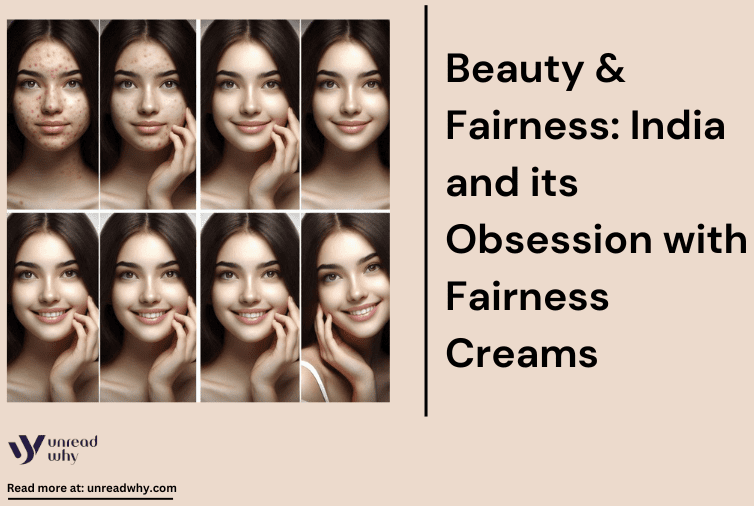Historical Roots and Culture related to beauty
India is a land of thousands and thousands of cultures and religions. India’s obsession with fair skin has not developed since ancient times as many deities were worshipped even today with darker tines. However, with time, it has been seen that rulers with fair skin have been preferred and glorified as compared to others. In the olden times, fairness was associated with beauty and purity; they were a picture of higher social status. In colonial times, the British Raj wired the subconscious of the entire India and established fairness with power and superiority. Fair skin was considered desirable and was, thus, preferred.

Role of Modern Media in Influencing Masses
More than 70 years after Independence from the British Raj, India still hasn’t recovered from the understanding of fairness and its sway on people. It has strengthened the already underlying misconception of India about fair skin being superior with more conviction and more deep-rooted. The media has been known to play a substantial role in shaping the narrative of ordinary people and influencing people.
However, they still showcase far models and celebrities as a picture of beauty and power. Even today, the poor are cast with brown skin in all media, and the rich with fair skin tones. This has led to unrealistic standards of beauty for people and promoted discrimination in the subcontinent, where the majority of the population is brown-skinned.
Social Impact of Fair Skin Propaganda

This growing obsession of India with fair skin has vast and evident social implications. Especially in the matrimonial marketplaces, girls with fair skin are highly sought after, which has created an age-old feeling of inferiority among individuals with brown skin. Considering that the majority of the population is brown-skinned, this discrimination leaves a significant psychological impact on the people. The matrimonial sites often ask for specific skin tones, and better options are always allotted to people who set this defined definition of beauty. The debate of skin colour goes beyond matrimonial services; even in professional settings, reports say that fair-skinned people are always chosen over those with darker skin, which contributes to the perpetuating cycle of discrimination.
Breaking the Barriers

With the increase of social media and increasing awareness, the norms are starting to change. Social media influencers are now being more vocal and speaking about the taboo of brown and black skin with no boundaries. The dynamics of the beauty industry are now seen to change and evolve with the growing awareness and demand for all skin colour-inclusive products. Multiple make-up brands have been boycotted for not having all skin colour inclusive shades of foundation and concealer.
Beauty brand giants like “Fair and Lovely” have now changed their perspective to “Glow and Lovely.” This has motivated many girls in their growing age to embrace their skin and be more confident. These days, a clear distinction can be seen in advertisements and marketing as models of all skin colours and body types are extensively used to promote products.
Trending OTT content and campaigns
The much talked about show “Made In Heaven,” on Amazon Prime has this beautiful episode about how even educated and high-status families are obsessed with fair skin. The topic is so talked about that it might come across as “preachy,” but shows being made in today’s scenario on the age-old topic only depict how deep-rooted and unaddressed it still is. The obsession with “fairness creams” is introduced to girls right from the age of five in this country, which is problematic on multiple levels. With feminism making bounds, hopefully, India would be gentler with girls who are “lovely” but not so “fair.”


